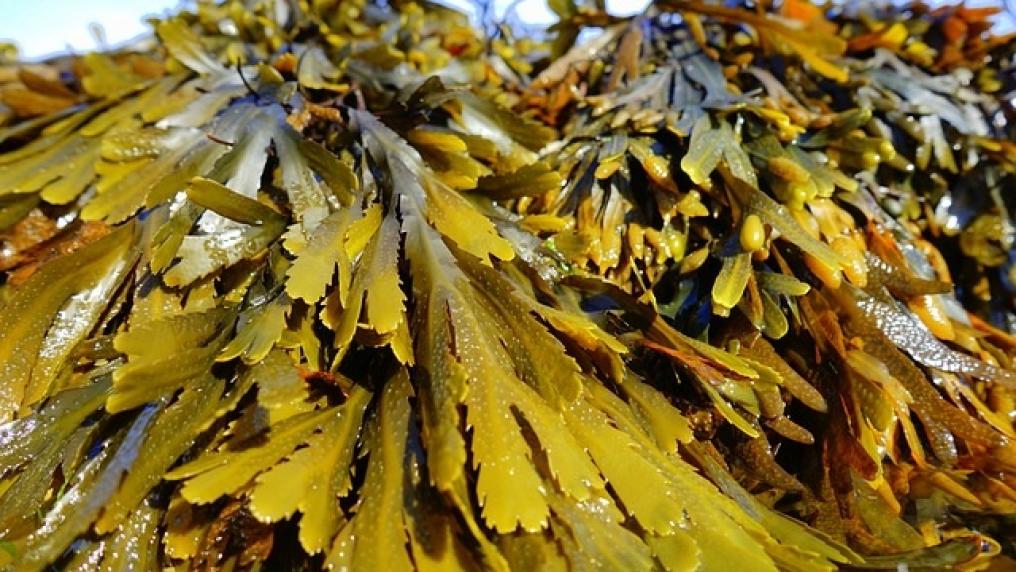VU researchers help harness the potential of seaweed

Victoria University researchers are exploring ways to transform seaweed into substances that may one day replace plastic for food wrap, absorb dangerous chemicals from water, or even create fake taste-alike caviar.
On the eve of International Seaweed Day, celebrated on 4 June, the VU researchers are joining supporters around the world to explore the potential of seaweed to be used in a huge range of products from fertiliser to food, from cosmetics to clothing.
Dr Jianhua Zhang, a leading expert in polymers (linked building blocks in all forms of living and man-made materials) and biochemist Dr Marlene Cran have joined researchers at universities in Shandong, a province in eastern China where about three-quarters of the world’s seaweed is now commercially grown and harvested.
The Chinese team is leading research to extract polymers from seaweed in the form of powders or beads, while the VU team is working in their Werribee Campus-based lab to make them strong and absorbent enough for uses under real-world conditions.
Dr Cran said the potential uses for environmentally-friendly seaweed has become increasingly recognised in Australia. Tasmania – a global hotspot for seaweed diversity with some 750 distinct species in the state – hosted the world’s International Seaweed Symposium earlier this year.
The VU team presented some of their research at the symposium.
What are the advantages of using seaweed?
Unlike plastic, seaweed is biodegradable, which means it decomposes without leaving any pollutants.
And unlike the crude oil used to produce plastic, seaweed does not release huge amounts of carbon dioxide into the atmosphere. In fact, it stores (sequesters) CO2. , One study found replacing plastic with seaweed could globally sequester about 175 million tonnes of CO2 a year.
Seaweed can also curb the emission of an even more harmful gas—methane—which plastics release as they break down in landfills, causing greenhouse warming.
However, despite the bright promise of seaweed-based technologies, Dr Cran says there is still a ways to go before they can be widely rolled out for use to consumers and industry.



